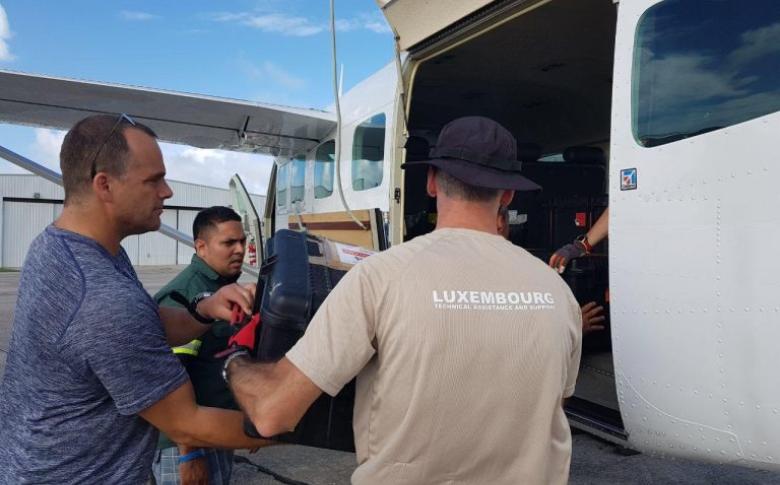Reconnecting Dominica to the rest of the world

Nowhere is the basic human need to communicate more apparent than in a disaster situation. Whether it is to find a lost loved one, or gain access to vital supplies or information, one of the first things we reach for is our mobile phone. Often we communicate via services and news feeds we have come to know and depend on, such as Facebook, Google and Twitter, and these companies have come up with some innovative services to aid in disaster relief. Recently, to my relief, one of my relatives marked herself “safe” on Facebook in the midst of the northern California fires. We very rarely think about the mobile networks and infrastructure behind it, enabling all these services to run. But in telecom, that’s the first thing we think about. How many sites are down? Where is the main population coverage? Is the backbone network still functioning?
These are some of the critical questions that we tackle with the UN Emergency Telecom Cluster (ETC) before we launch Ericsson Response, a global initiative since 2000 in which Ericsson partners with UN agencies to provide telecom and internet support in disaster situations. We have supported dozens of disaster situations over the last 15 years, with the provision of core communications infrastructure. Given the urgency of any disasters, we must move quickly. If we have the right information at the right time, we can be on the ground in 24-48 hours. However, in order to be successful, we need to work with partners to understand the best staging areas and help conduct local telecom assessments. We need to decide the most capable volunteers to send. In many cases it’s all hands on deck. But in all cases we operate as an embedded part of a coordinated relief effort, usually orchestrated by our long term partner World Food Programme, who runs the logistics cluster and the ETC.
By Elaine Weidman-Grunewald, Chief Sustainability and Public Affairs Officer at Ericsson
Read the full story on Technology for Good Blog